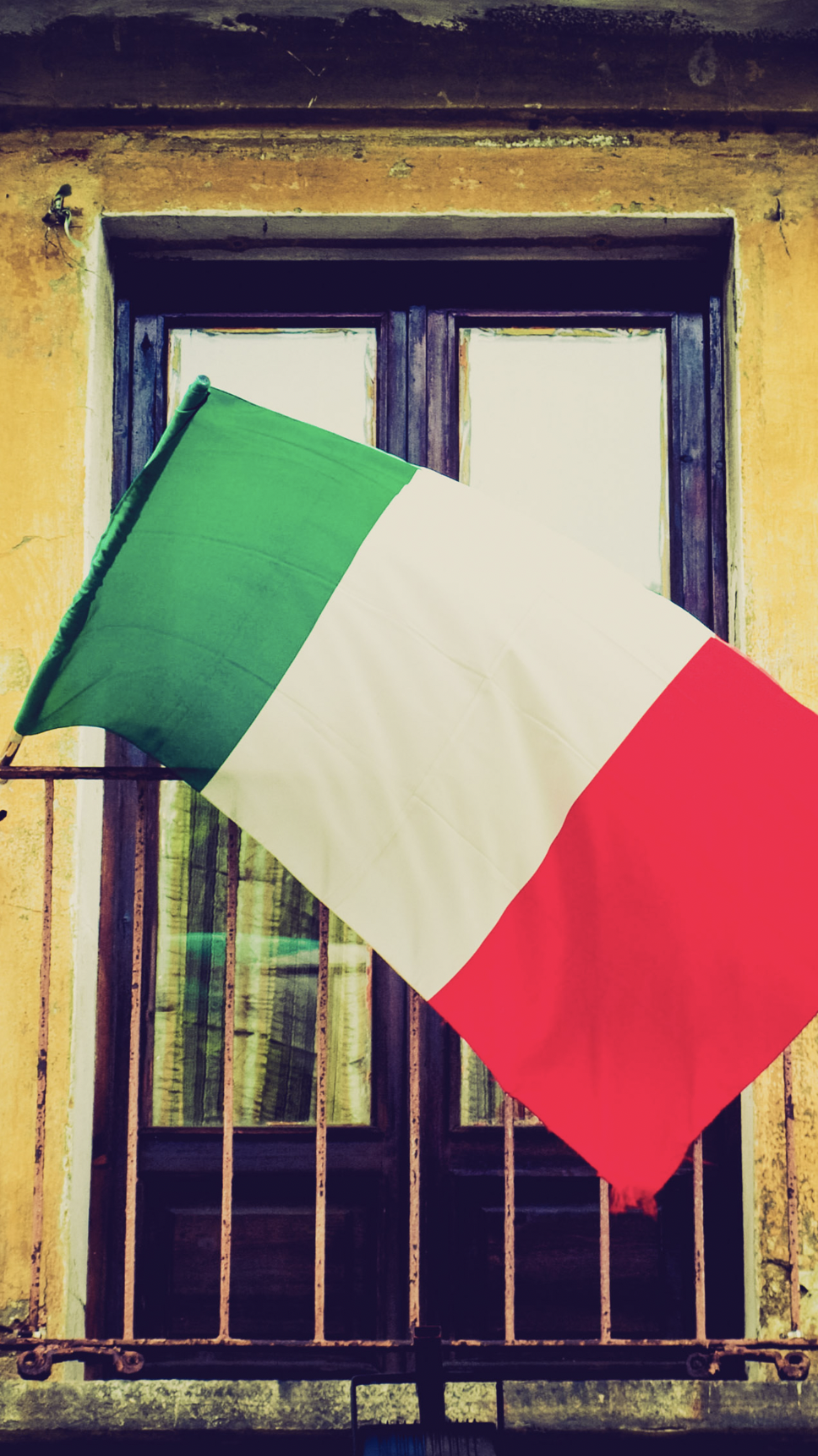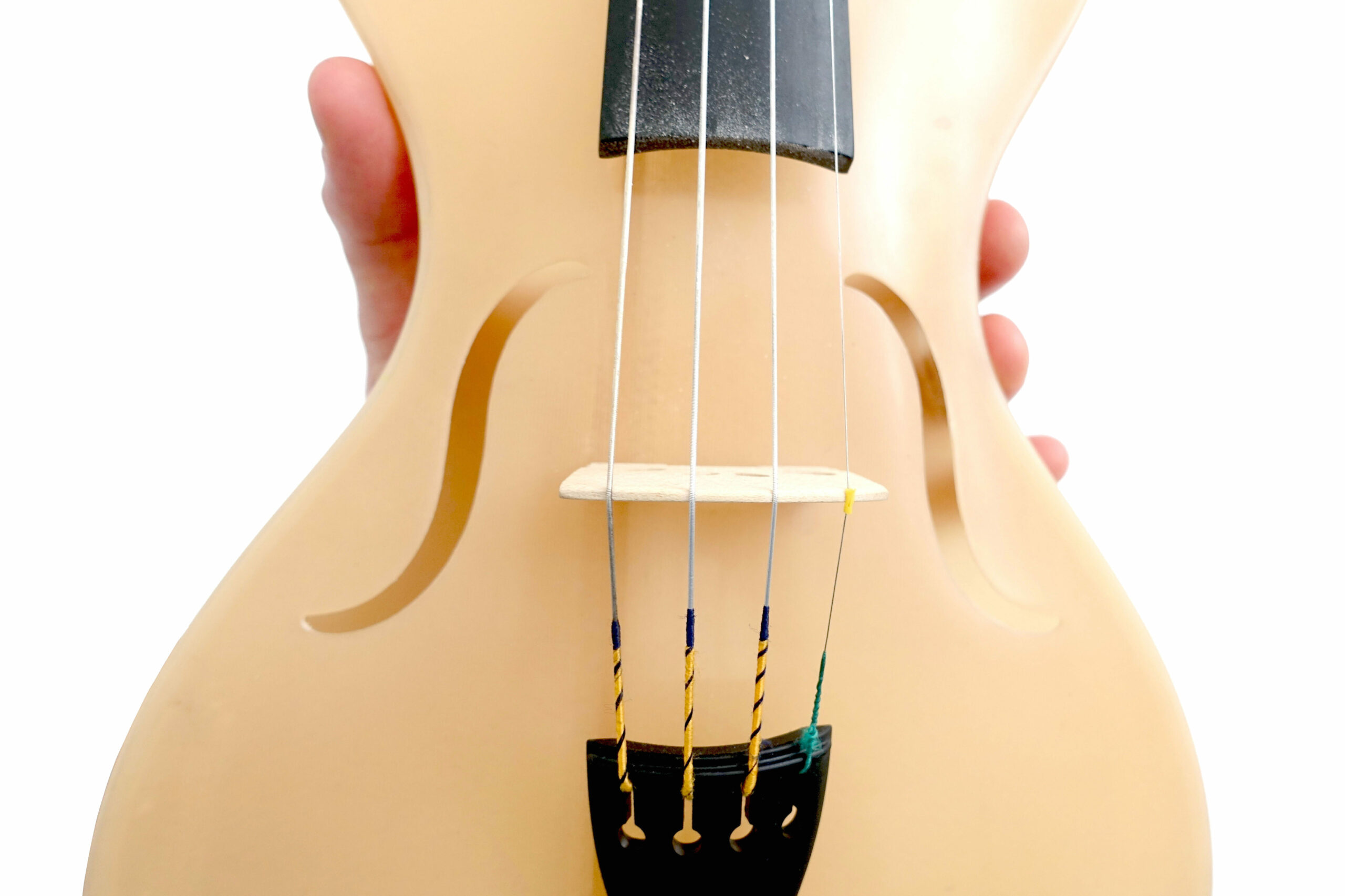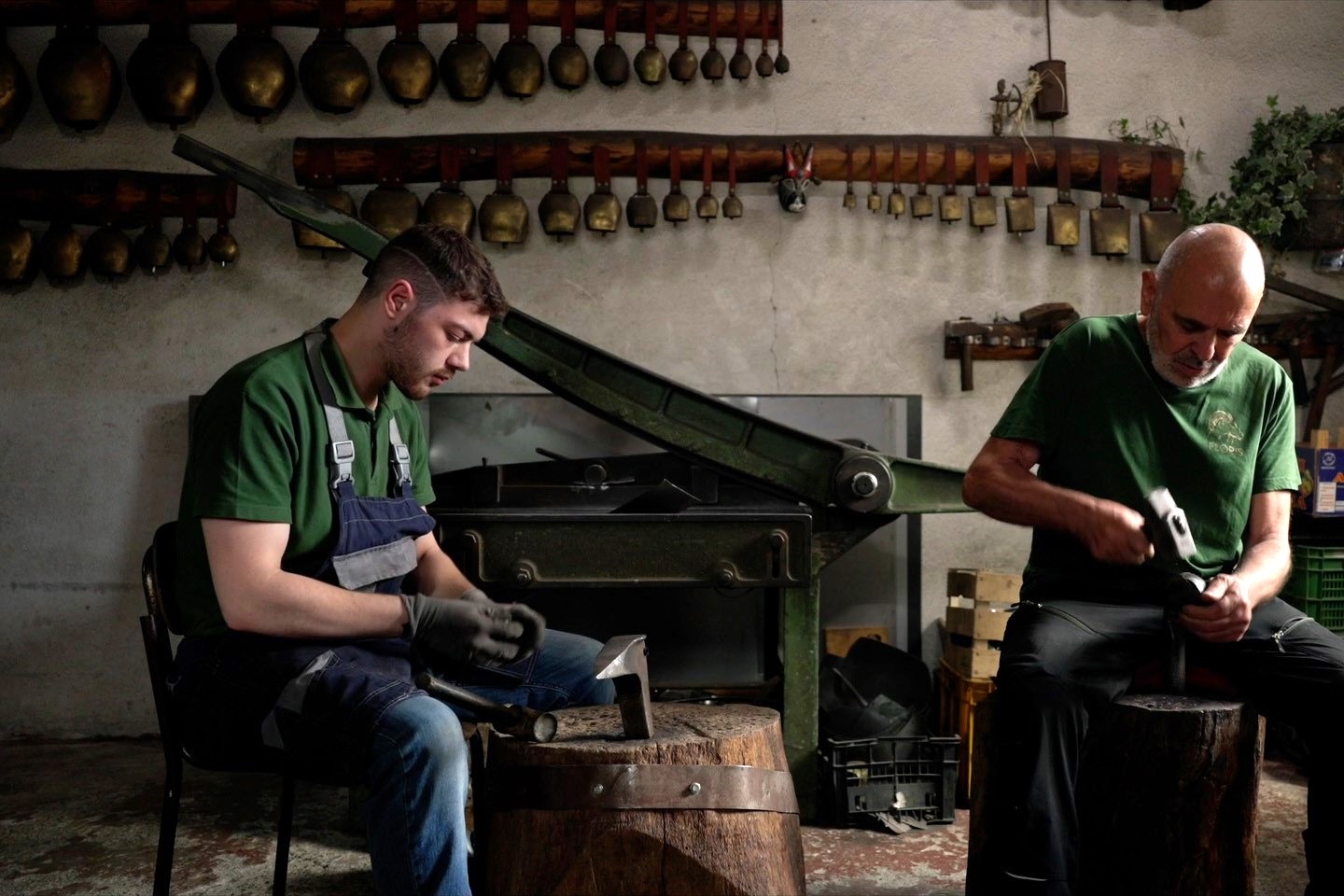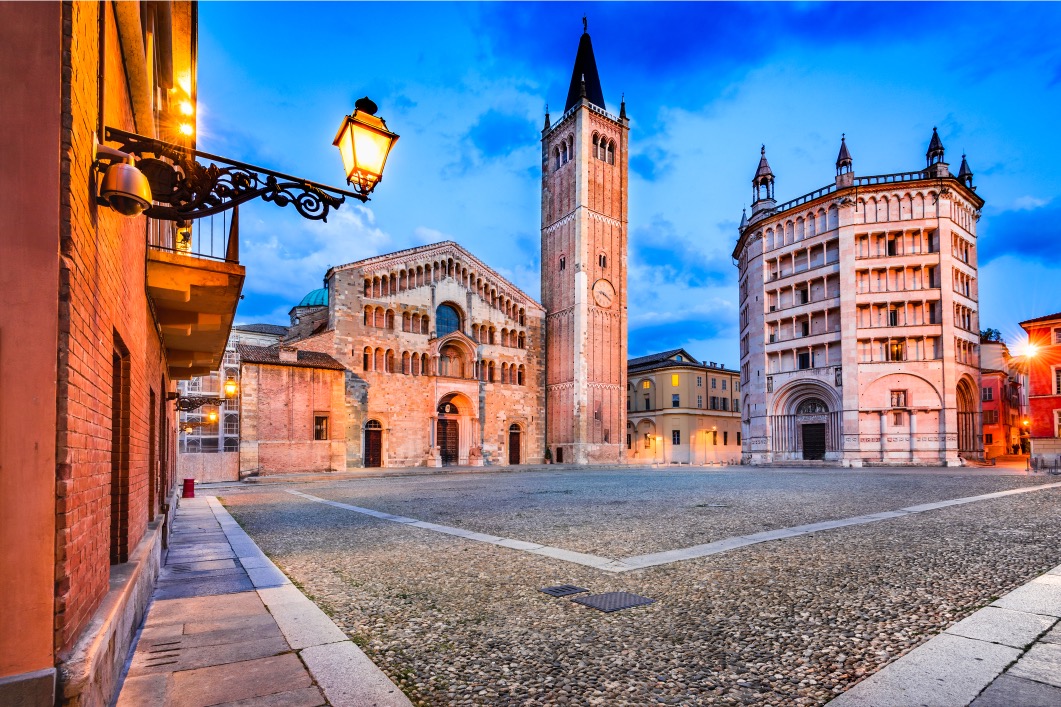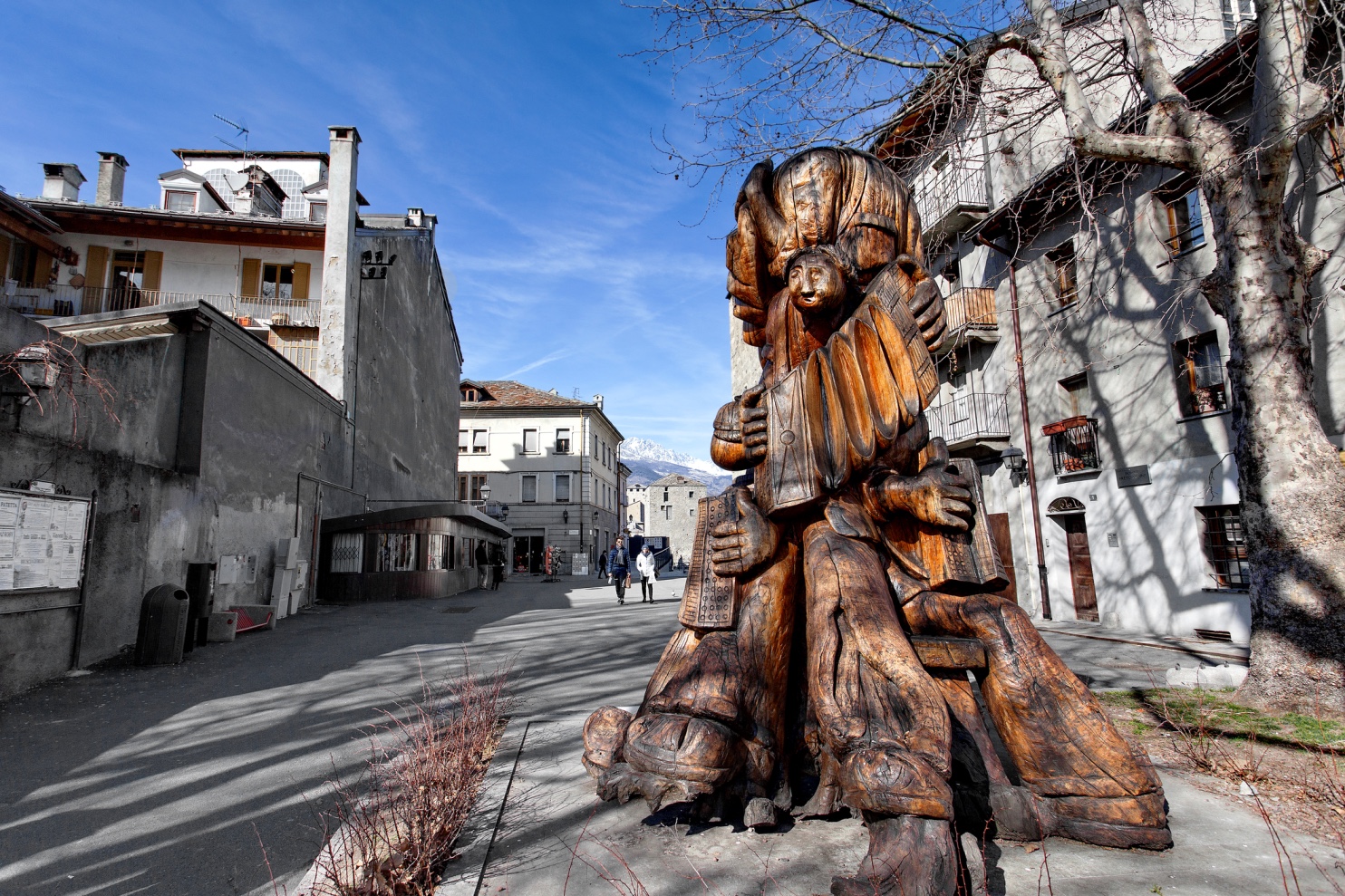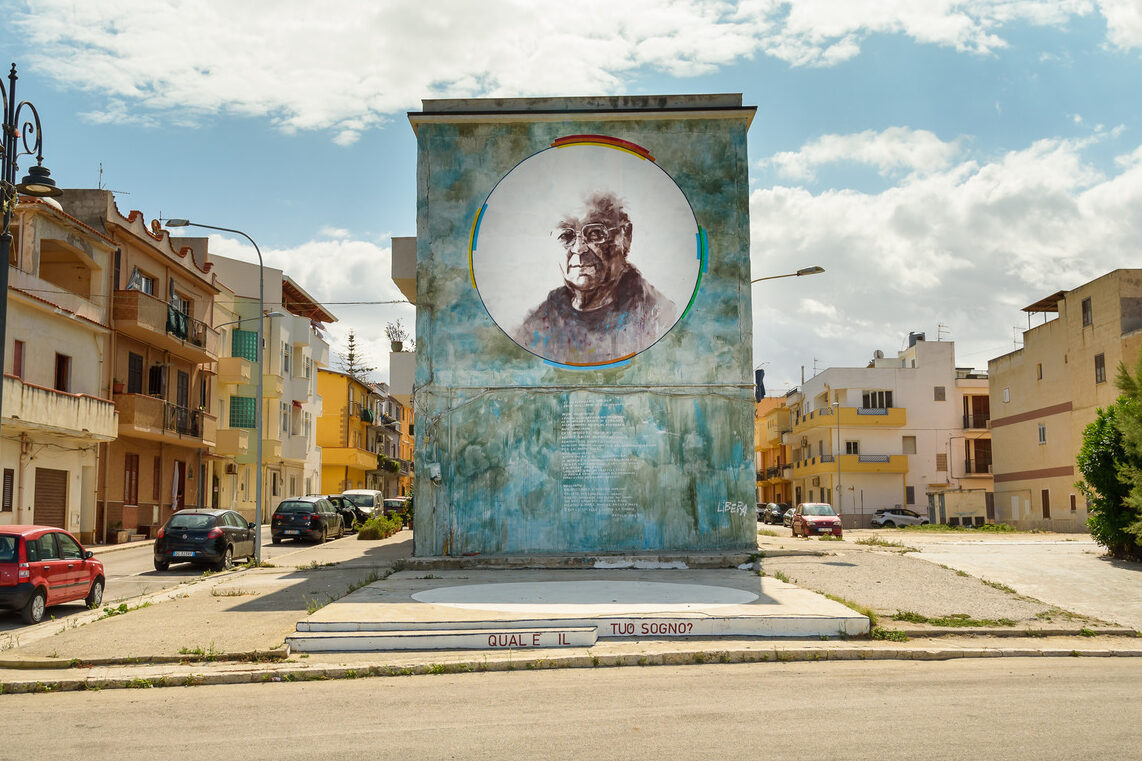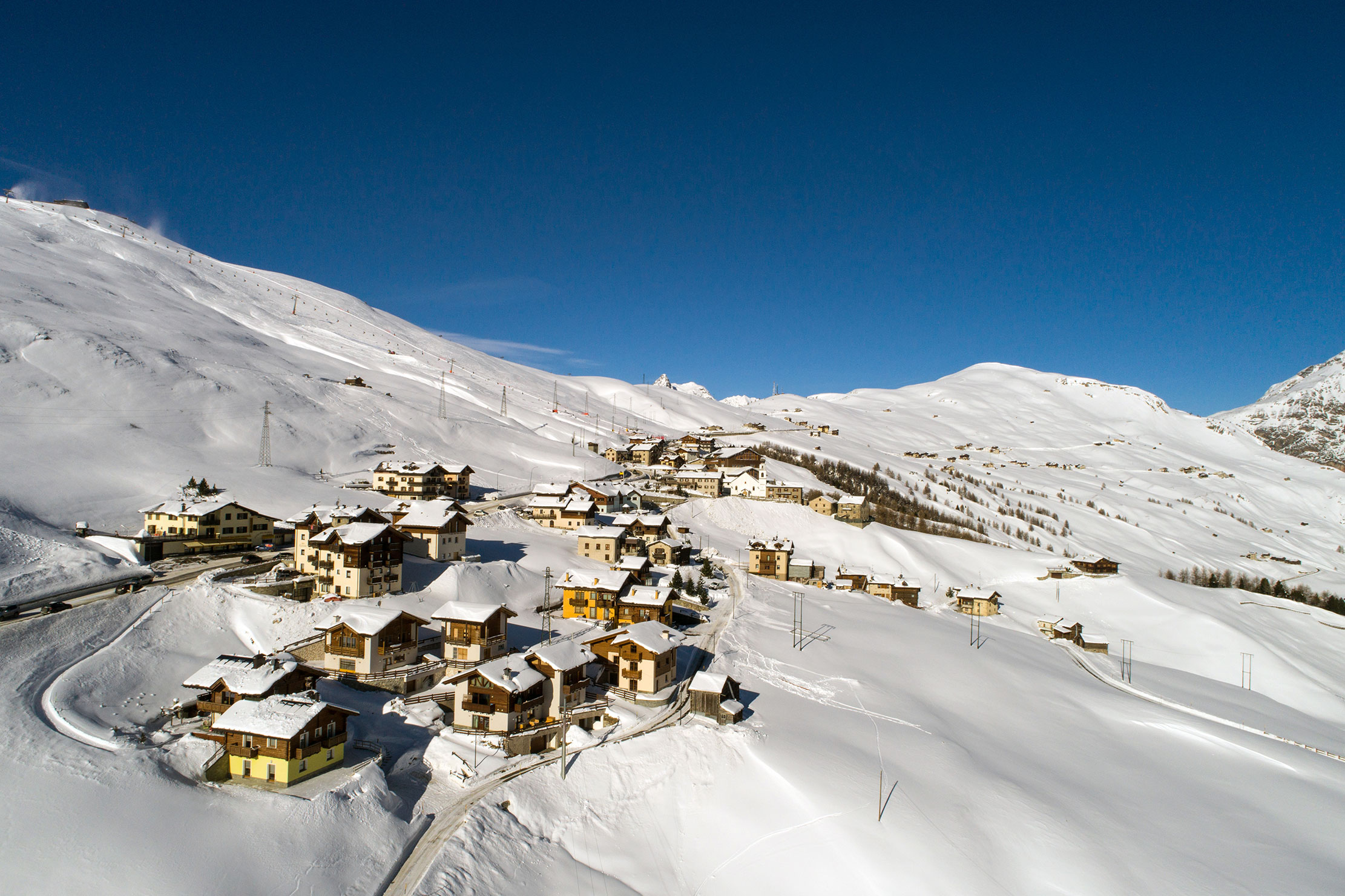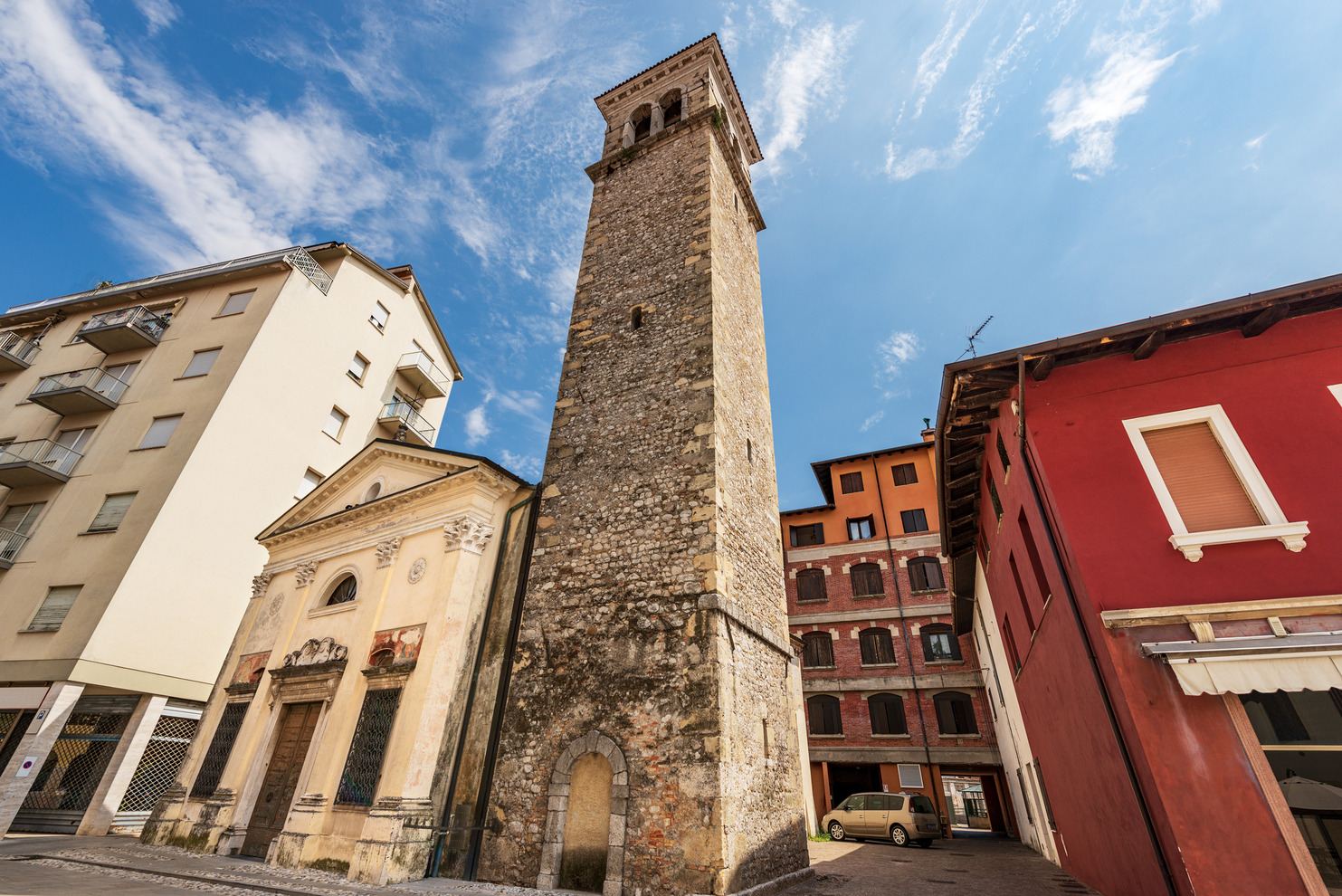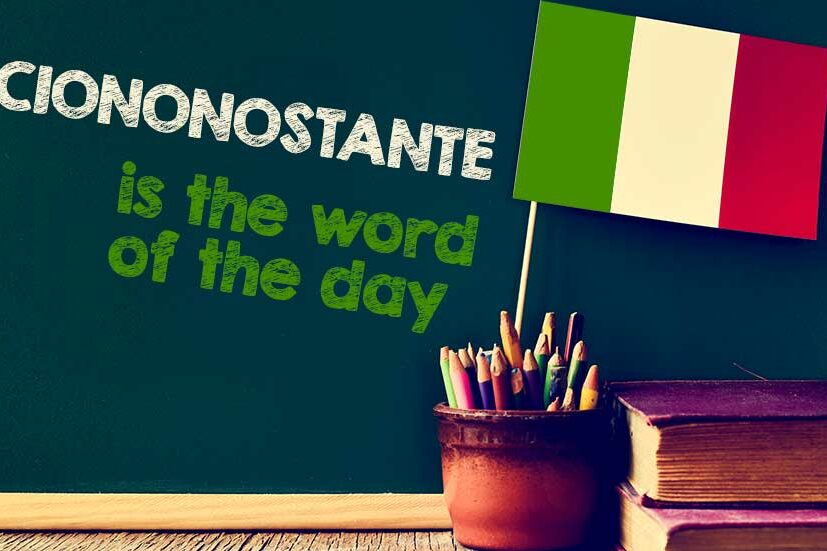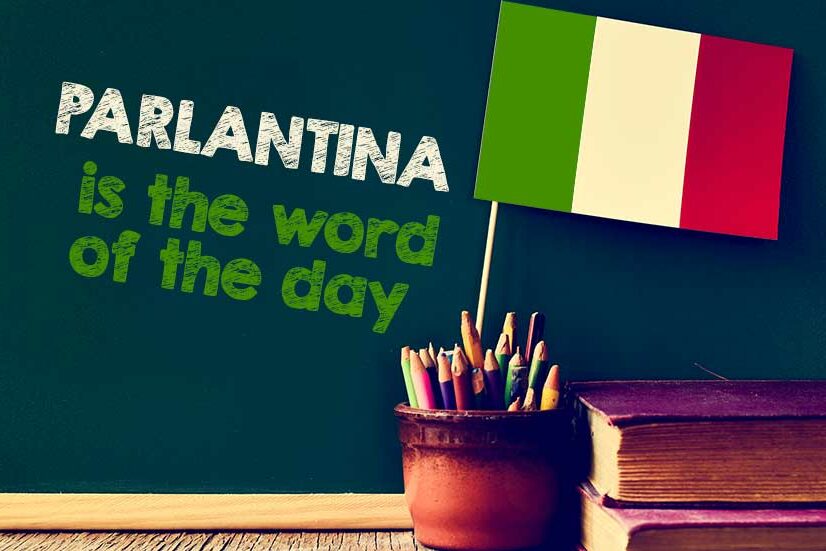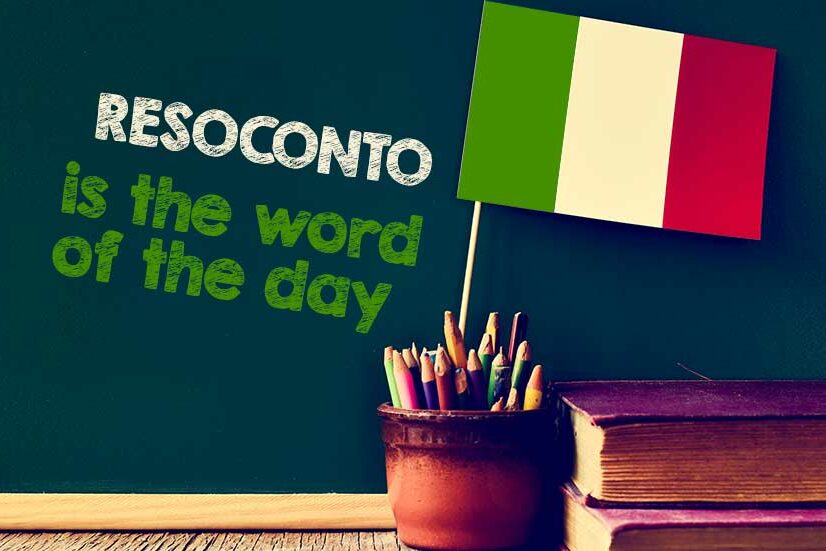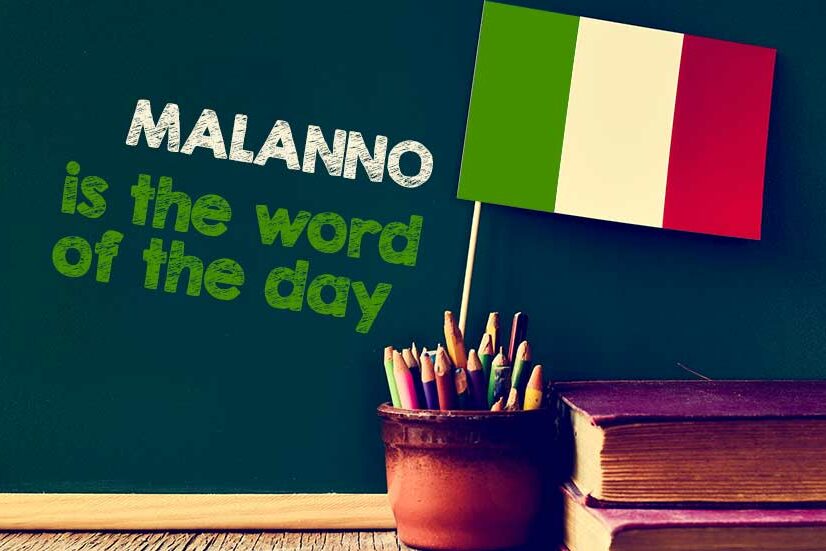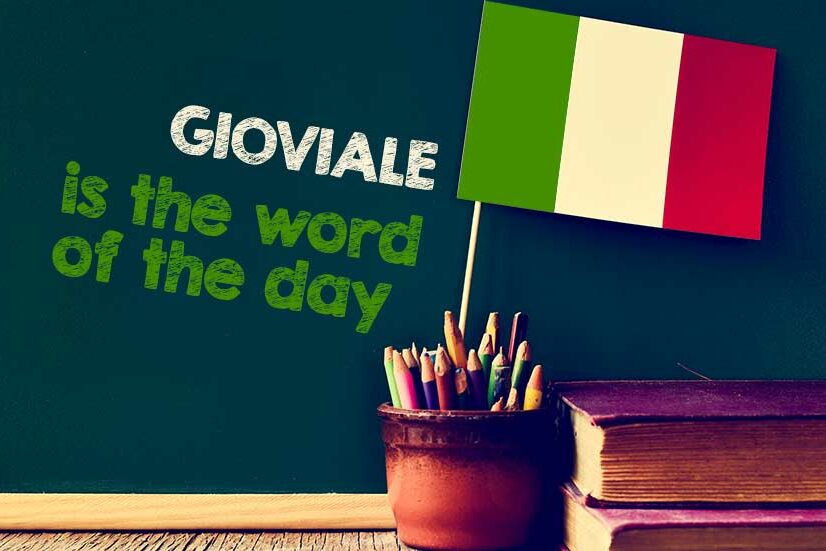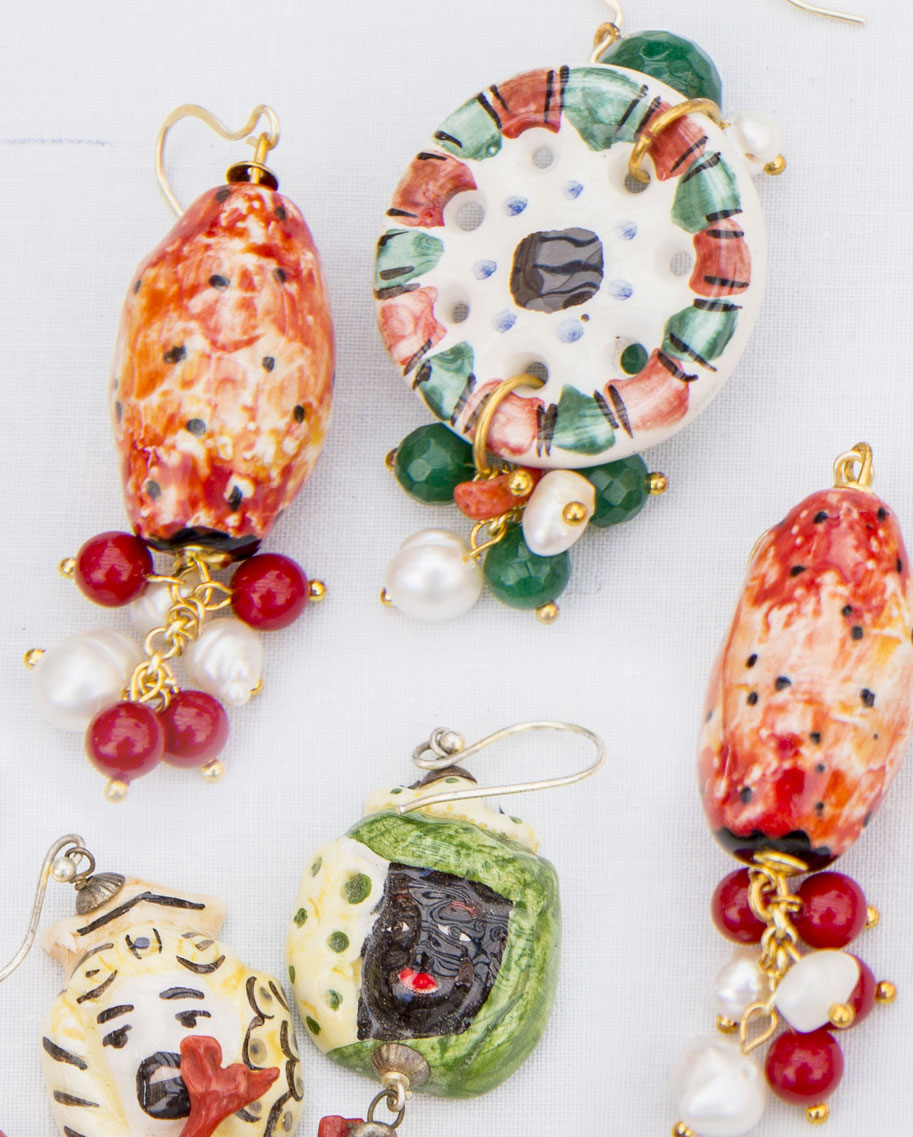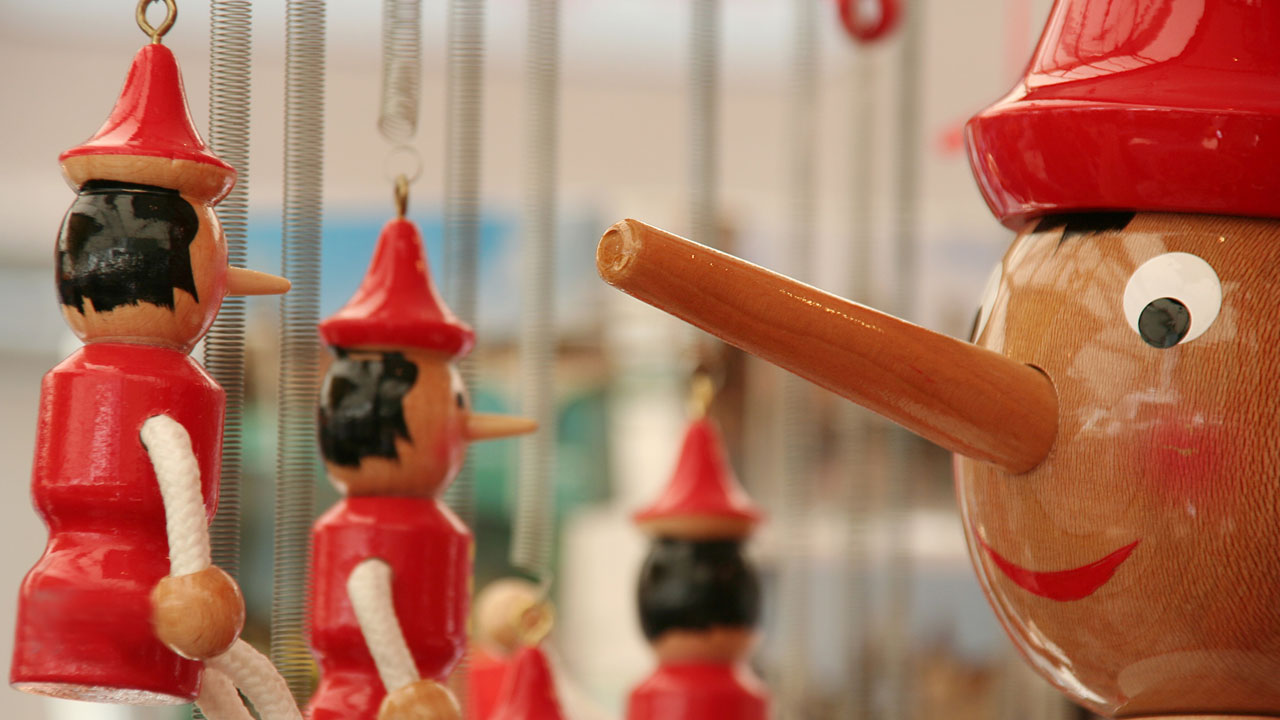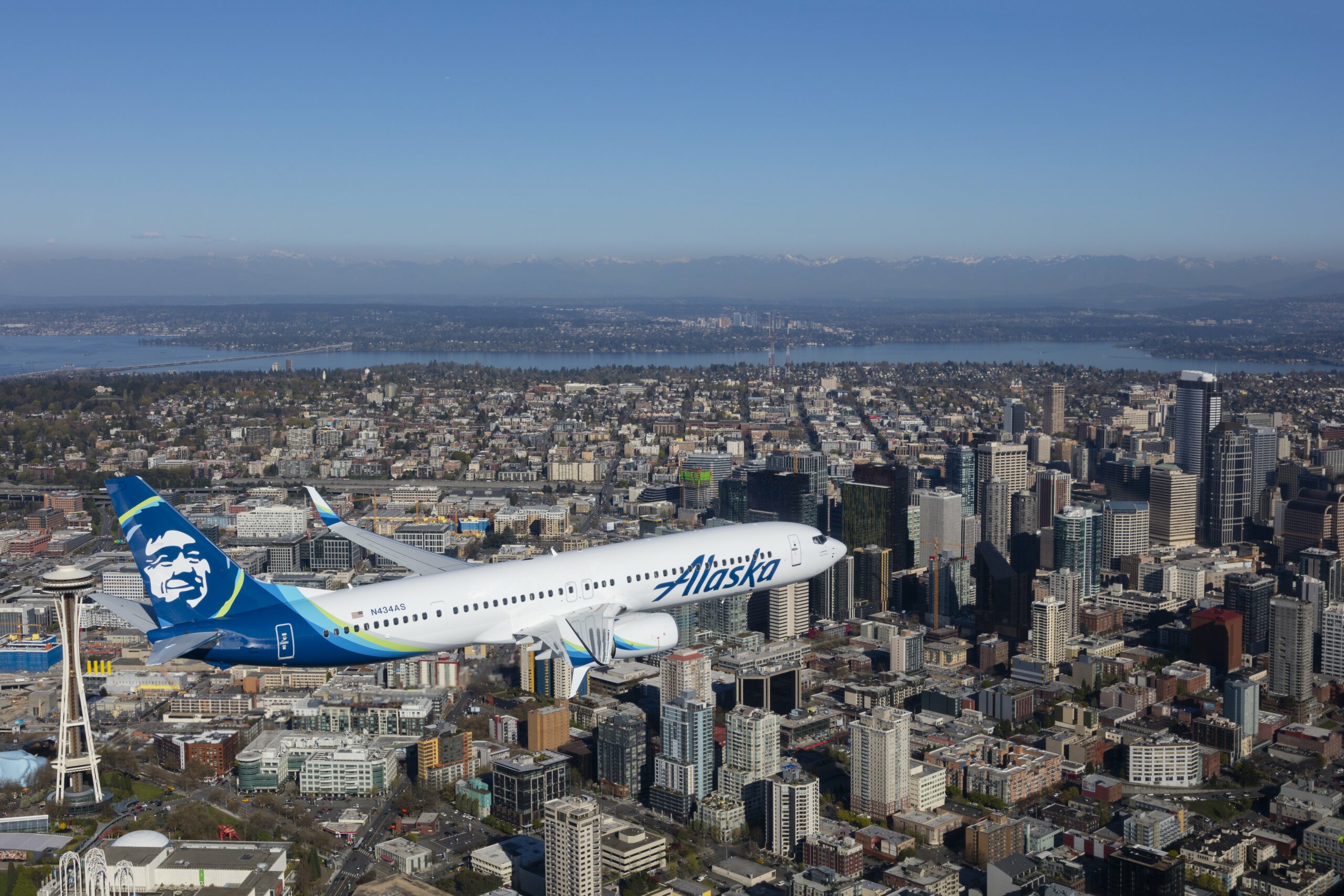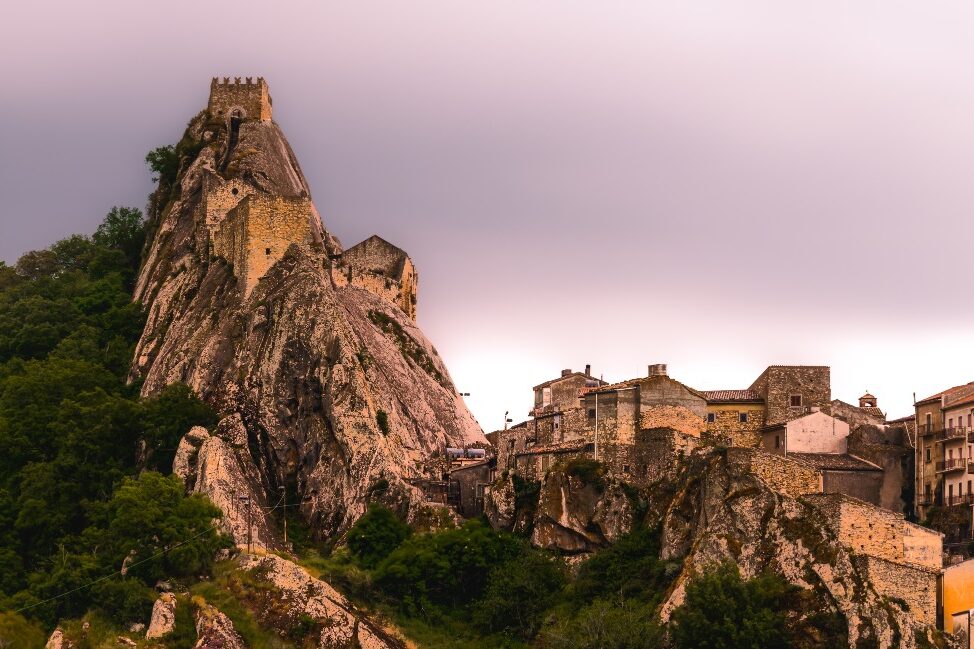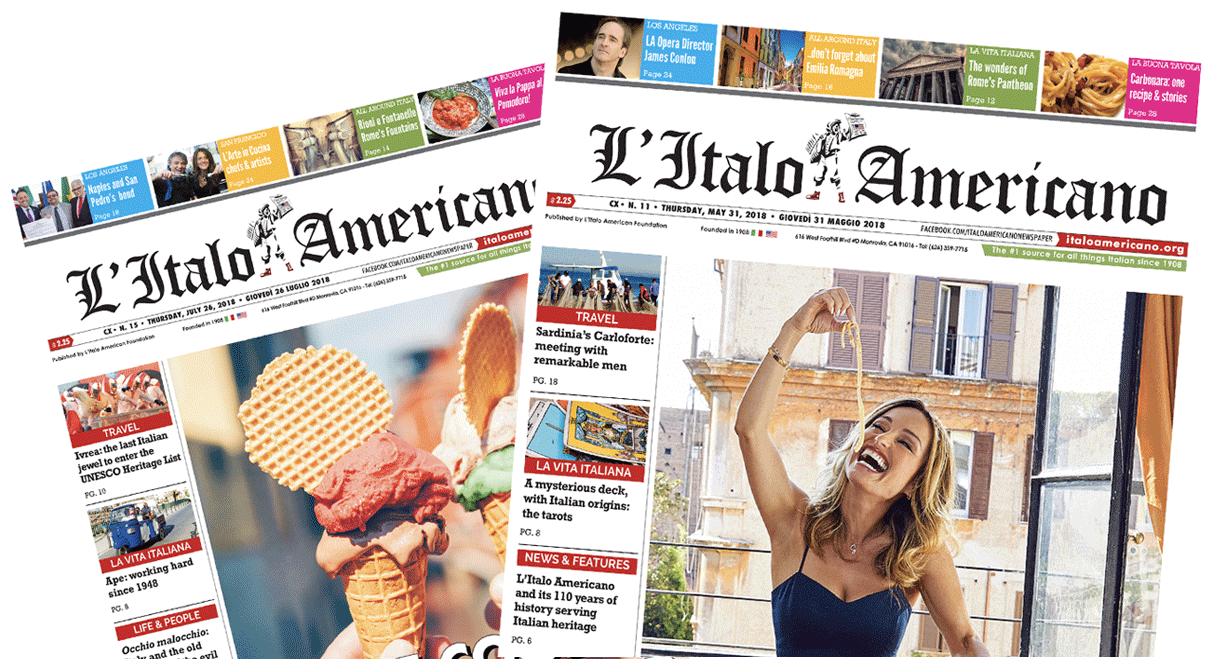Ever wondered what the design and architecture of tomorrow would look like? What role design would play in the context of the Anthropocene? These are the foundational questions at the heart of Tools for After, a major new exhibition curated by Italian architect Maurizio Corradoand conceived by Angelo Gioè, now on display at the Italian Cultural Institute in San Francisco.
The opening of the exhibition falls under the SF Design Week program, a city-wide festival that spotlights the intersection of ideas, design, business, and entrepreneurship. CEO Dawn Zidonis was in attendance and highlighted the importance of this partnership, a testament to the power of international dialogue in design. “It reminds us that innovation thrives when ideas cross borders and we make room for exchange, inspiration, and a shared vision of the future,” she said in her remarks. “We are thankful to the audience who keeps on championing design as a tool for resilience, progress, and cultural connections.”
IIC Director Alberta Lai introduced the exhibit by focusing on the impact human activities have on the planet: “The curators responded to a call to use creativity and imagination and define the future of humankind,” she explained. “Maurizio Corrado dedicated his career especially to ecological and sustainable design, and he is the author of more than twenty essays in this subject, some also translated in multiple languages.”
Tools for After Design doesn’t shy away from the monumental challenges of our era; instead, it offers concrete solutions to both anticipate and confront the scenarios the Anthropocene has in store for us. At its core, the exhibition presents the designer as a visionary tasked with the crucial role of imagining the future: to imagine, in this sense, is to plan, and planning is the very essence of what architects and designers do. Walking around the space, viewers will immerse themselves in innovative currents within Italian design, while observing real objects, evocative images, and insightful videos.
Maurizio Corrado has taught at the Nuova Accademia di Belle Arti in Milan, at the School of Architecture and Design of the University of Camerino, at the Academy of Fine Arts in Bologna, at the Academy of Fine Arts in Verona, and at the Academy of Fine Arts in Foggia and has been a consultant in sustainability and ecology since the 1990s. He took the stage at the IIC to share how the project came to life. The Capitals of Italian Creativity in the World launched as a new, integrated promotional initiative spearheaded by the Directorate General for Country Promotion (Ministry of Foreign Affairs and International Cooperation), with the objective of enhancing the design capabilities of Italy’s international network. This meant empowering Italian organizations abroad to better define and execute activities that promote Italy and introduce innovative formats for showcasing and narrating Italian creativity worldwide. This cultural project got the prestigious grant from the Italian Ministry of Foreign Affairs, making it available to Italian Cultural Institutes across the globe; it was originally submitted by the Italian Cultural Institute of Melbourne and is now here in San Francisco.
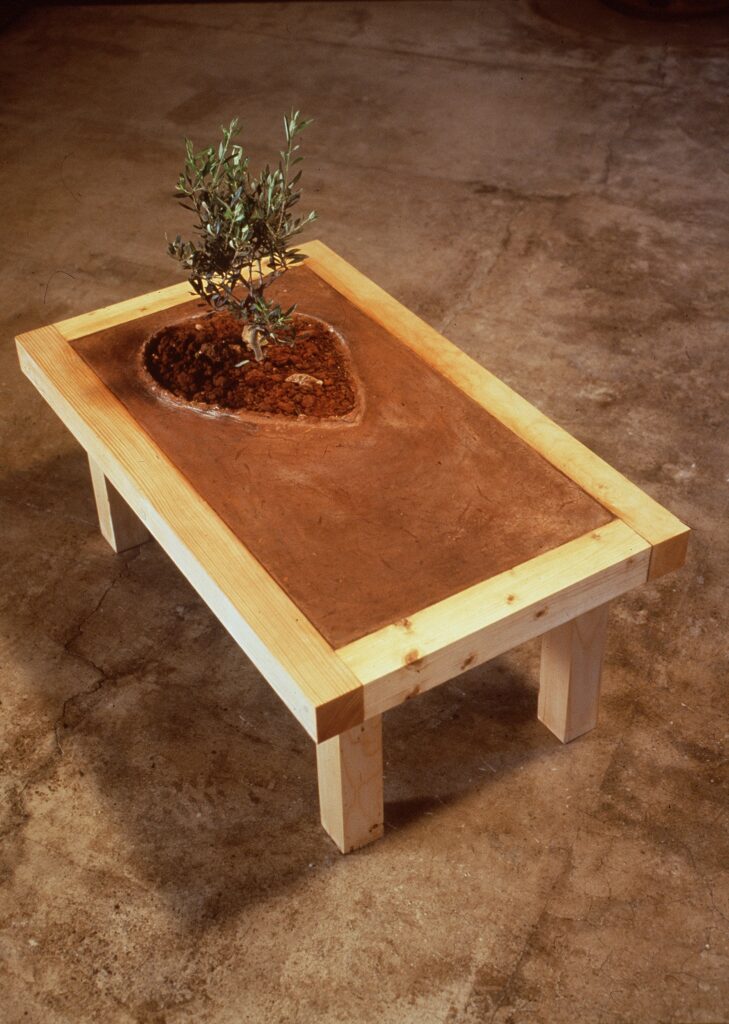
Professor Corrado began by stating, “The foundational concept was the realization that the future itself has changed. We’ve adopted the term ‘Anthropocene’ to describe the profound environmental transformation we, as humans, have both developed within and significantly altered. This shift dates back ten thousand years, to the dawn of agriculture, and has continued relentlessly ever since.” He further elaborated, “The very idea of the future has evolved, particularly from the outdated notion that Earth possessed an infinite supply of resources to draw upon.” He concluded with a sharp perspective: “When we consider the movement to ‘Save the Planet,’ our perspective needs to be different: the planet doesn’t care about us; it will thrive perfectly well without humans, perhaps even better.”
Another concept Professor Corrado presented was Deep Time. “Humans have existed for three hundred thousand years, and it’s crucial to remember that our evolution wasn’t limited to the mere five thousand years we typically focus on,” he explained. “While we’ve historically only considered this brief period, our bodies formed much earlier, and we were physically the same then as we are today.” He continued, “The key difference is that early humans walked up to fourteen kilometers a day. Things changed dramatically with the rise of sedentary societies, the invention of housing, the development of cities, and the concept of culture as we now know it. Essentially, we are still who we were meant to be, designed for movement and life outdoors. If we grasp this fundamental concept, we’ll understand why our current lifestyles are causing our bodies to suffer.”
The shifts we’re experiencing today mirror those from ten thousand years ago; they are all related to climate change. Back then, it forced humans to fundamentally alter their way of life, a scenario that could very well repeat itself. “We humans possess an innate ability that has guided us through countless crises across different ages,” he explained. “That vital tool is imagination, because it has the power to change reality. The very name of this exhibition stems from the idea of asking Italian creative minds: what will be the tools for after?” What you’ll see on display, then, are tangible responses to the urgent questions of our time.
The exhibition – which also features selected projects from design and architecture students, offering a glimpse into the bold ideas emerging from the next generation of designers – is divided into different parts; the first being Lyfe. Astrobiologists Stuart Bartlett and Michael Wong have proposed a different definition for the concept of life, calling it lyfe, a term that suggests that many diverse forms of life can exist, each possessing different characteristics. This focus on living forms is manifested in the project with proposals featuring animals, anthropomorphic shapes, and the presence of plant elements, essentially, “living” objects.
Paleo refers to a “paleo-imaginary,” a powerful influence on our contemporary world: historians might call it Prehistory, environmentalists see it as Wilderness, and philosophers often refer to it as Utopia. Essentially, it’s a system of visions and ideas that helps us make sense of the present. This “Pleistocene paradigm” isn’t confined to one area; rather, it cuts across scientific, philosophical, and religious thought. You’ll find its fingerprints in modern design, art, and even our dietary habits. At its core, it embodies one simple idea: we are fundamentally who we once were, built for movement and for life outdoors.
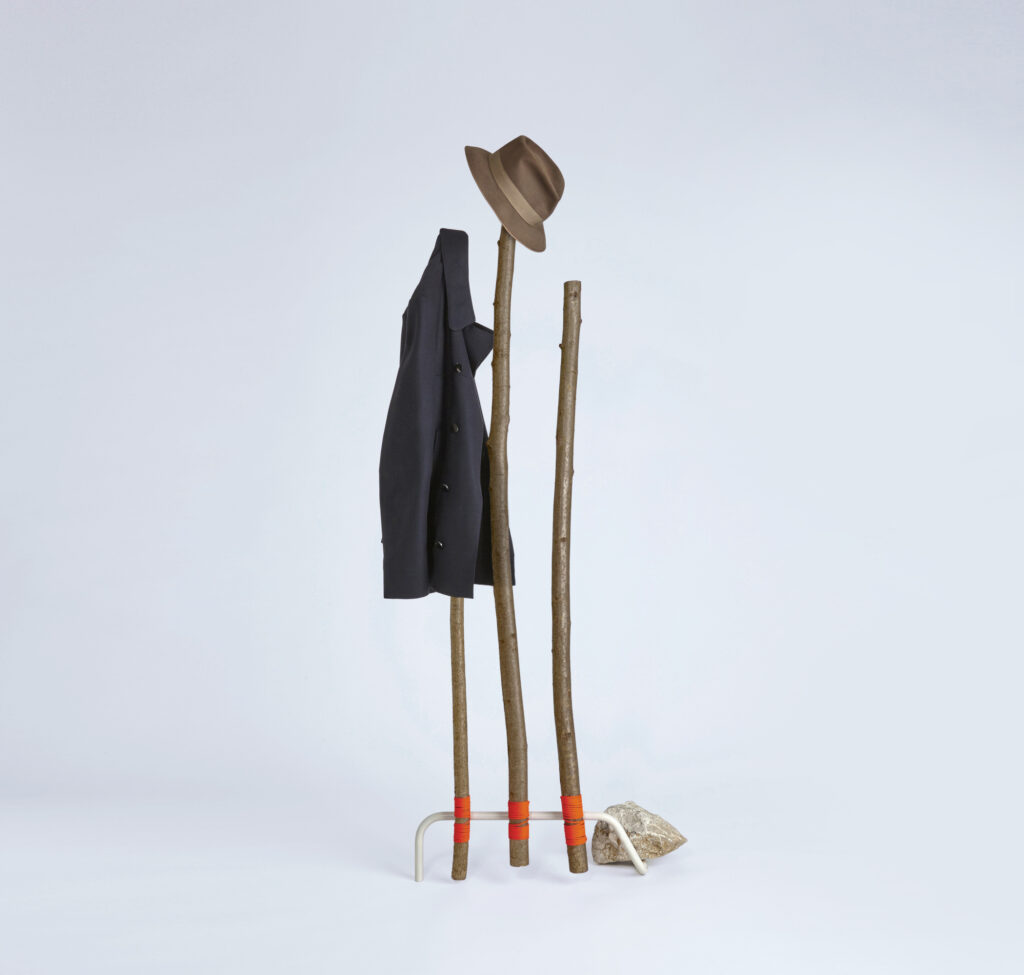
In the Tools section, the focus is on the contemporary mind, which is often preoccupied with vivid images of collapse, the end of our species, and the destruction of our world, often conflating this with the destruction of the planet itself. Tools for After, however, operates from a different premise: the idea of saving everyone. Throughout our existence, Homo sapiens has possessed a singular ability that has enabled us to navigate countless collapses and crises. It’s the only capacity that can rescue us once more: imagination. Imagination transforms reality, and imagining, in its essence, is designing.
Finally, Maps refers to the concept of walking as a profound act of discovery, a way of understanding the Earth itself. Our evolution began with our feet, and this journey continues as we navigate the new landscapes of the Anthropocene. More than just physical movement, walking serves as a metaphor for the diverse paths every exploration takes. Maps, in this context, become geographies of the imagination, places where experiments, visions, life practices, and innovative proposals converge. Think of them as a kaleidoscope of different routes that form interconnected networks of possibility, eventually leading to the emergence of truly useful maps for orienting ourselves in the present moment.
The exhibition continues through August 31st, 2025, open Monday to Friday from 10am-4pm by appointment. Reach out to contact.sanfrancisco@esteri.it for more information.

